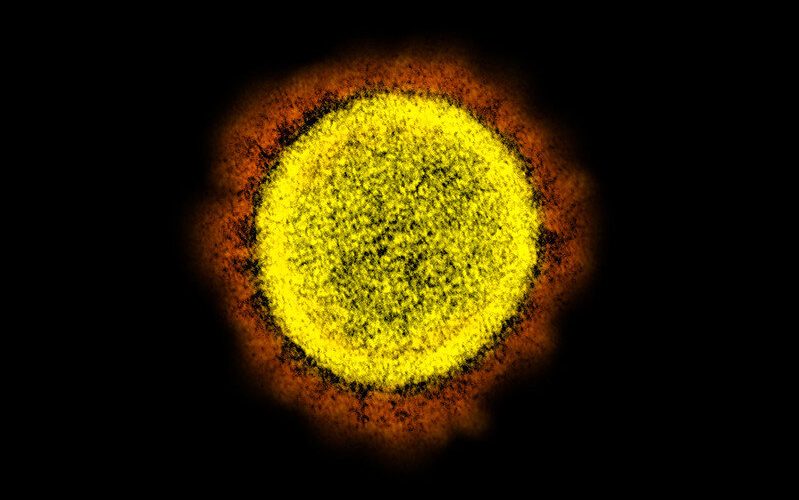Study discovers cell death-regulating mechanisms important for recovery from SARS-CoV infection and skin injury

Programmed cell death, a fundamental biological process that facilitates the elimination of old, damaged, infected, and non-functional cells, plays a crucial role in maintaining the balance between health and disease in the human body. Research by the team of Dr. Alessandro Annibaldi from the Center for Molecular Medicine Cologne (CMMC) at the University of Cologne has uncovered a novel mechanism of cell death regulation, shedding light on its significance during conditions such as SARS-CoV infection and skin injury.
The study “Cleavage of cFLIP restrains cell death during viral infection and tissue injury and favors tissue repair” has now been published in Science Advances.
Cell death and tissue repair
The human body relies on cell death to maintain its normal functions, as it allows the removal of damaged cells and paves the way for the production of new ones. However, an imbalance in cell death can lead to adverse effects, including excessive inflammation and organ failure.
Understanding the intricate molecular mechanisms that govern cell death is paramount to deciphering its role in various pathologies and devising bespoke therapeutic strategies for patients suffering from such conditions.
cFLIP cleavage as a novel cell death brake
Annibaldi and his team have made a breakthrough in this area by identifying a new mechanism of cell death regulation involving a molecule called cFLIP. This protein acts as a safeguard against cell death by inhibiting a critical cell death-promoting enzyme known as Caspase-8. Additionally, cFLIP itself becomes a target of Caspase-8 enzymatic activity, being cleaved at amino acid number 377 (D377).
Through cutting-edge cell and molecular biology techniques, the Annibaldi lab were the first to study in mice how cFLIP actually controls cell death in a living organism subjected to stress. They demonstrated that the cleavage of cFLIP at D377 serves as a vital molecular mechanism in limiting the extent of cell death following a viral infection, particularly in the case of SARS-CoV, and skin injury.
When cFLIP cannot be cleaved, it leads to the stabilization of a big protein complex, which gains increased killing activity, posing a risk to the organism. Up until this discovery, the significance of this cleavage event had remained unknown.
“Our study proposes a model where cell death programs are activated during viral attacks or injuries, but their extent must be carefully controlled to avoid detrimental effects. The cleavage of cFLIP at D377 emerges as one of the key limiting mechanisms that ensure only the necessary number of cells die and promote the restoration of healthy conditions,” said Dr. Kristel Lagunas, first author of the study.
The results of this study not only deepen our understanding of cell death regulatory mechanisms but also holds promise for correlating specific genetic mutations in patients with a heightened susceptibility to the lethal effects of viral infections or skin injuries.
More information:
Kristel Martinez Lagunas et al, Cleavage of cFLIP restrains cell death during viral infection and tissue injury and favors tissue repair, Science Advances (2023). DOI: 10.1126/sciadv.adg2829. www.science.org/doi/10.1126/sciadv.adg2829
Journal information:
Science Advances
Source: Read Full Article
